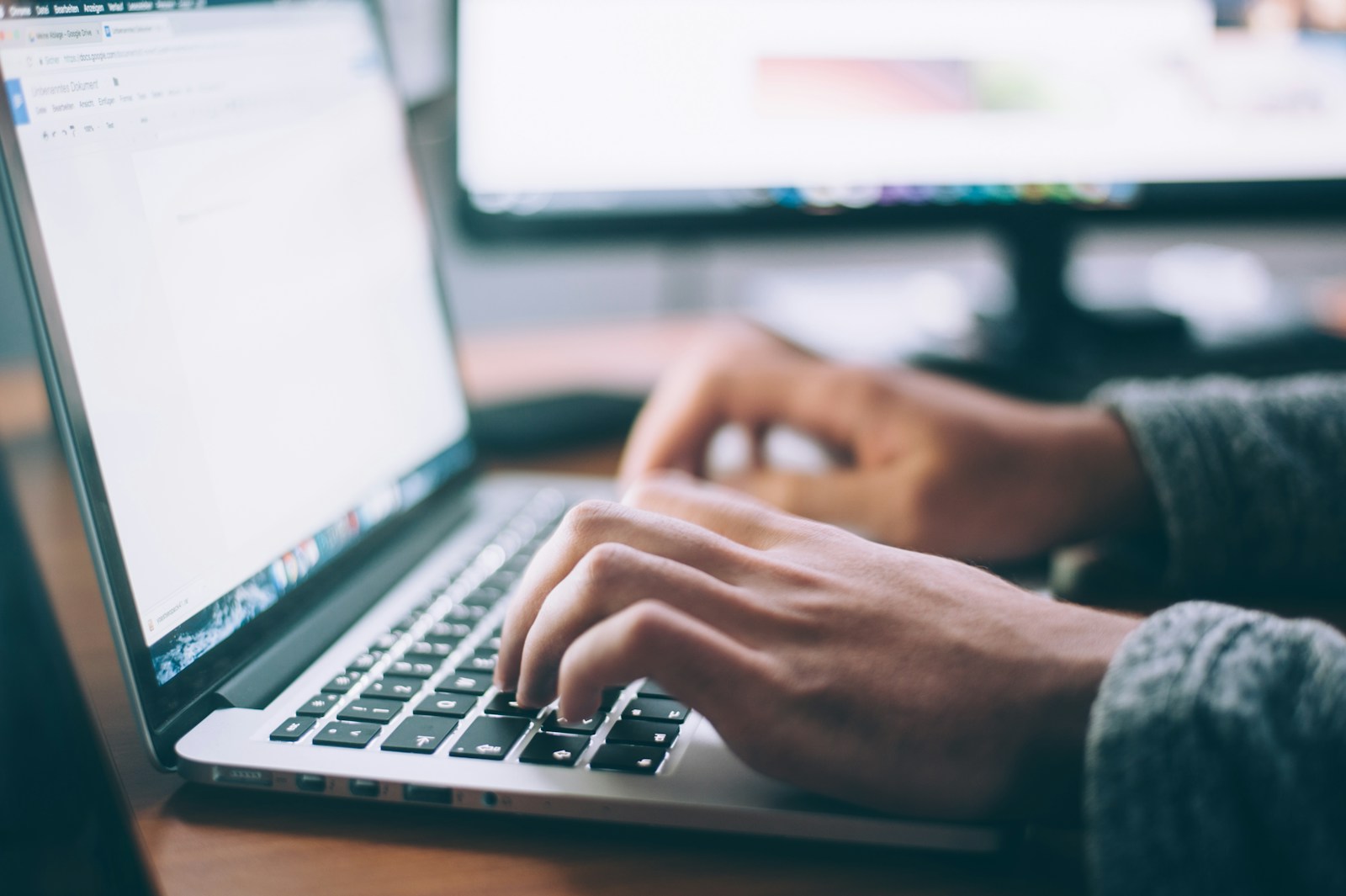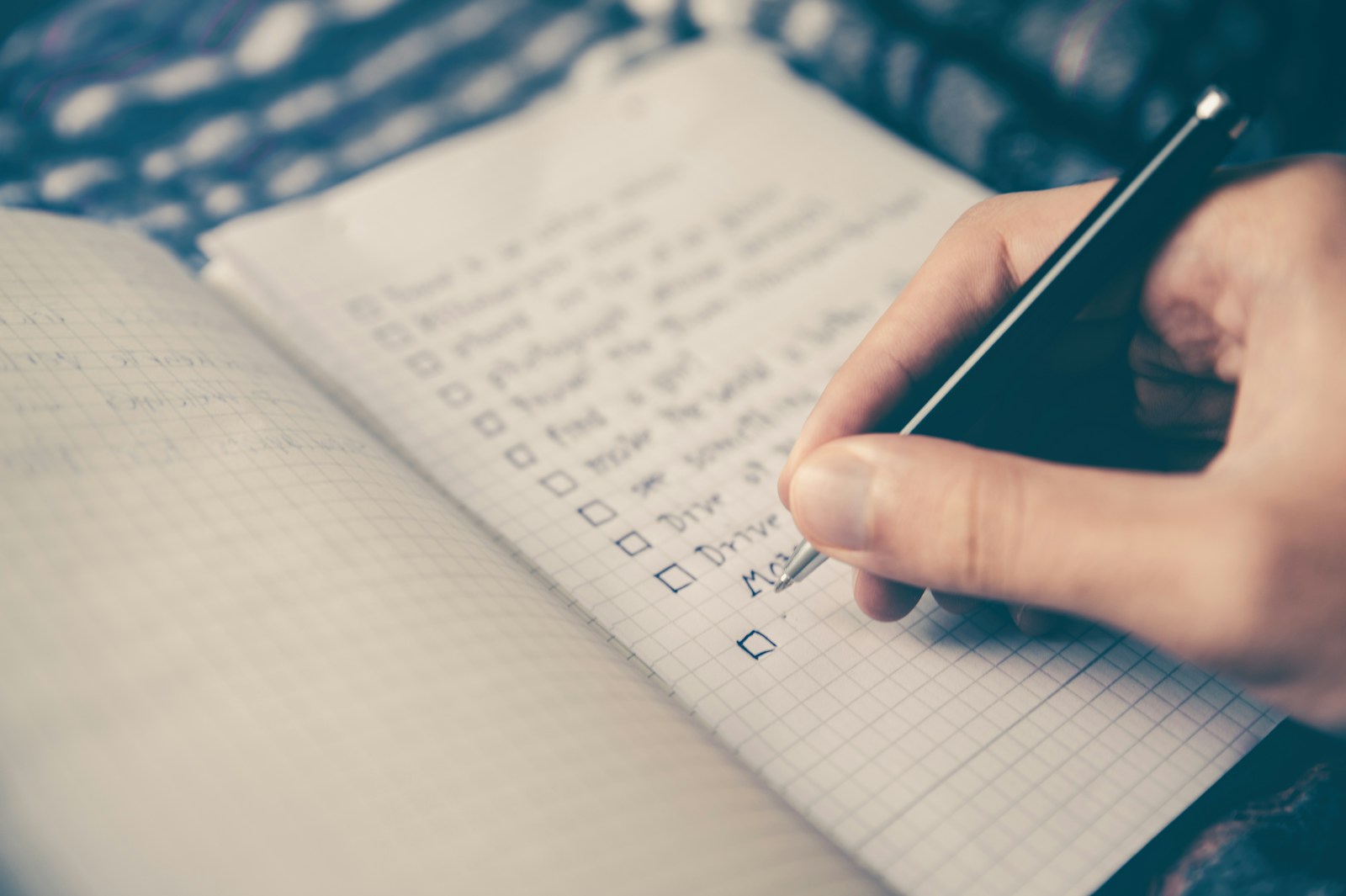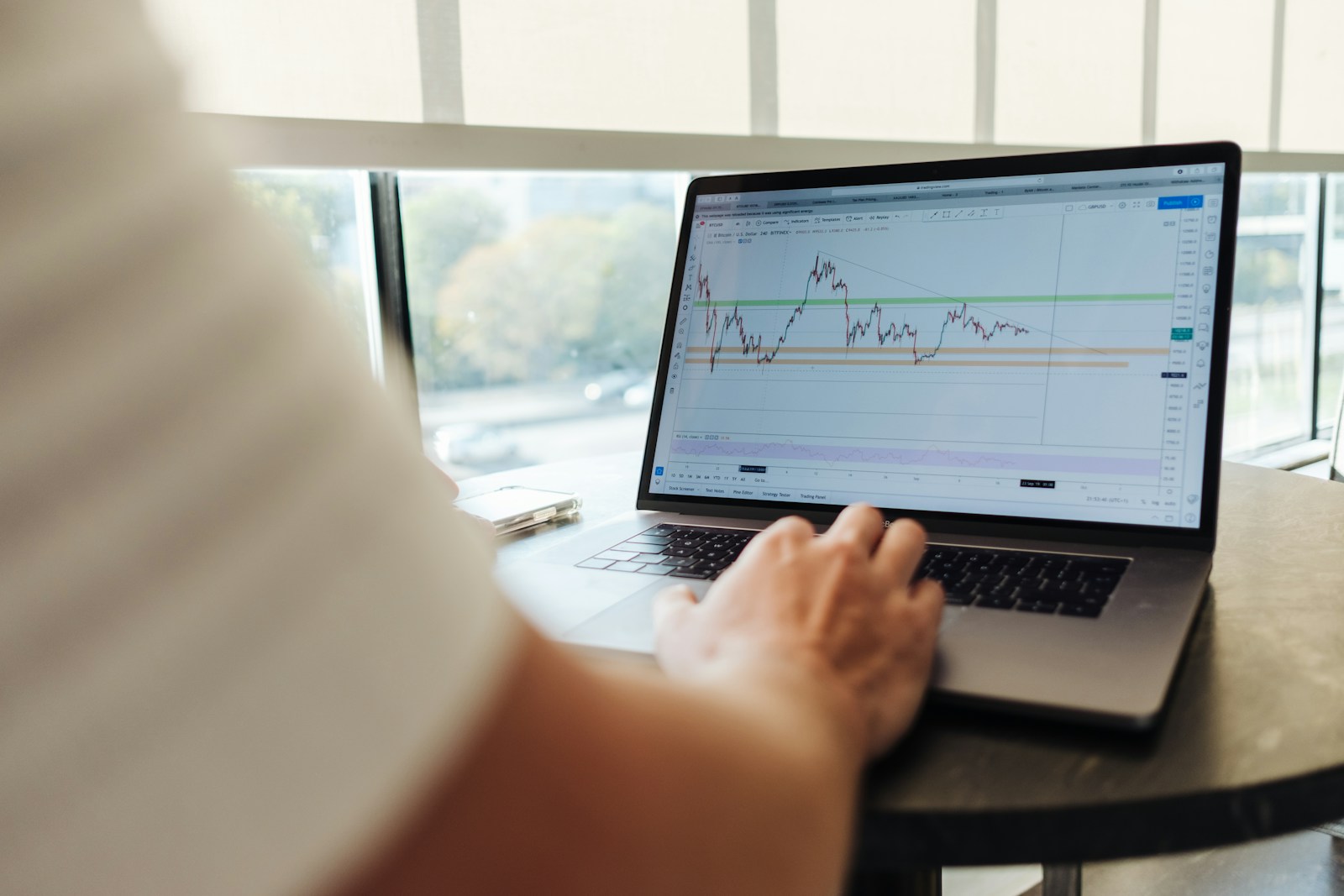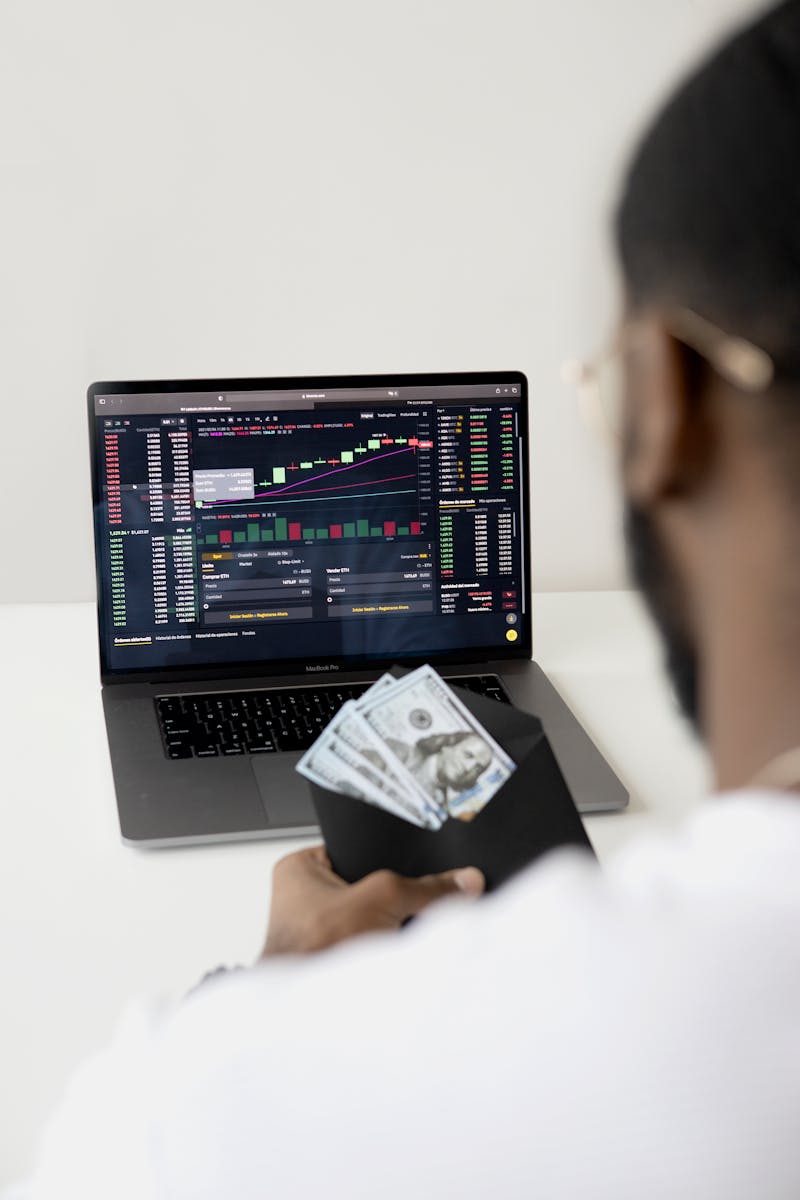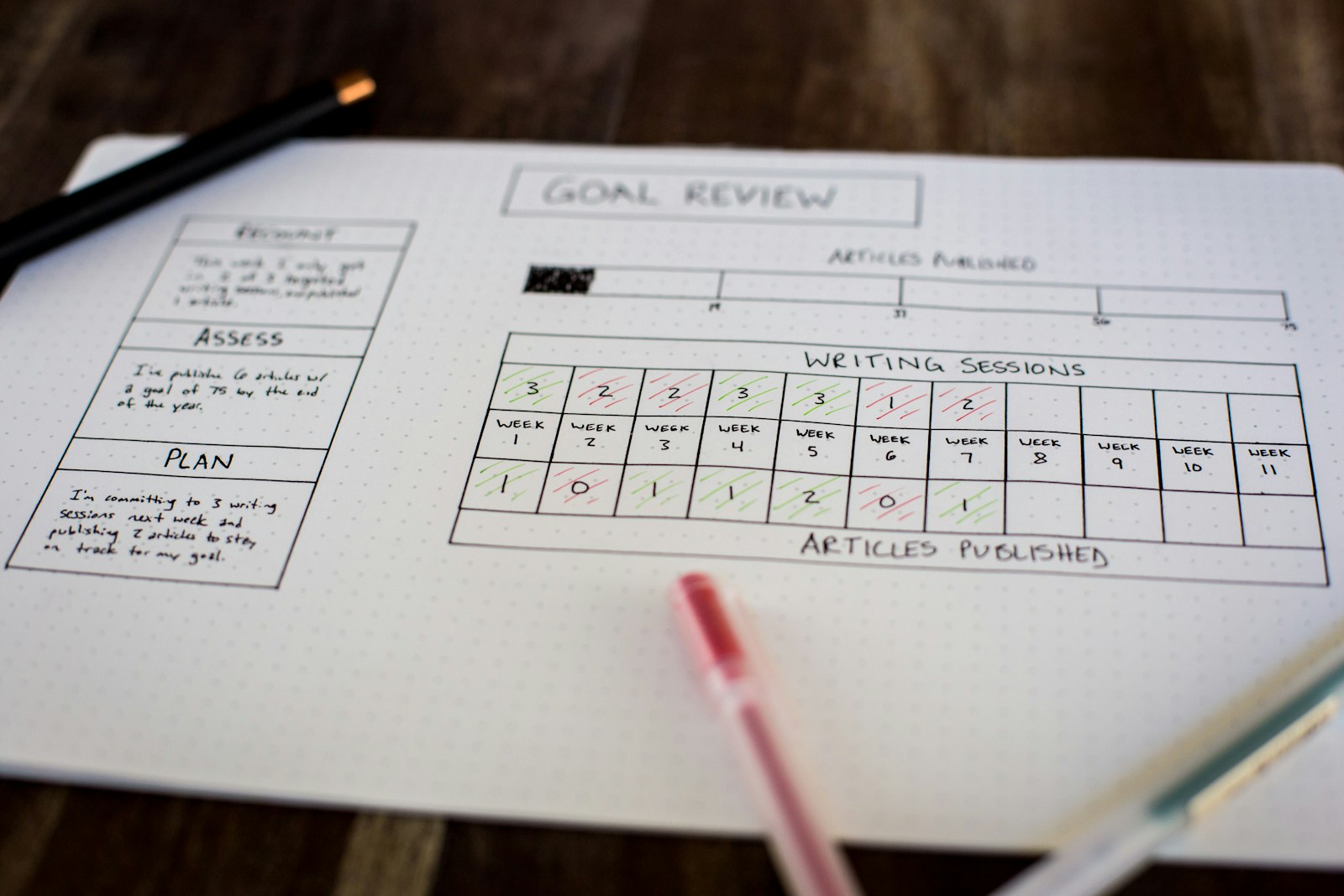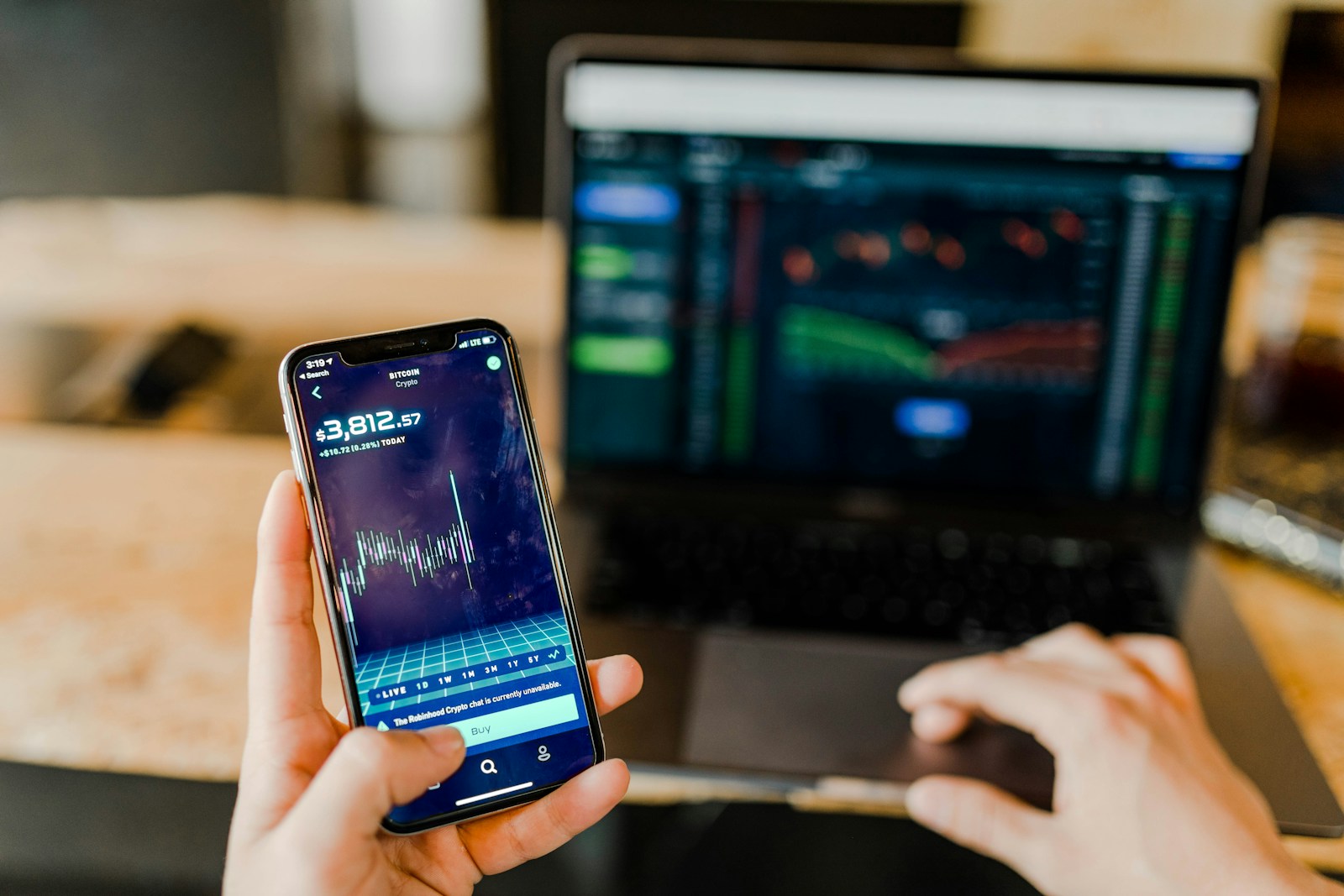Backtesting is a crucial step in developing and refining a successful trading strategy. It involves evaluating your trading approach using historical data to determine how it would have performed under past market conditions. While it might sound purely technical, the psychological benefits of backtesting are just as significant as its analytical value.
In this article, we’ll explore why backtesting is essential, the mental advantages it provides, and how it helps traders build confidence and discipline.
Why Backtesting Matters
Backtesting offers a structured way to validate your trading strategy before risking real money in the market. It helps answer critical questions:
- Does the strategy work consistently across different market conditions?
- How much drawdown can you expect during losing periods?
- What is the potential return on investment?
Beyond these technical insights, backtesting also provides mental clarity and a psychological edge.
The Psychological Benefits of Backtesting
1. Builds Confidence
Knowing that your strategy has worked in the past gives you confidence to execute trades without hesitation.
- Confidence reduces second-guessing and emotional decision-making during live trading.
- It provides a sense of control, even during volatile market conditions.
2. Reduces Fear of Loss
Fear is a common barrier for many traders.
- Backtesting allows you to understand the expected win-loss ratio and drawdowns.
- When you know what to expect, it becomes easier to handle losses as part of the trading process.
3. Encourages Discipline
Discipline is essential for sticking to your trading plan.
- When you have evidence that your strategy works, you’re less likely to deviate from it.
- Backtesting reinforces the importance of following predefined rules rather than making impulsive decisions.
4. Diminishes Overtrading Tendencies
Traders often overtrade due to impatience or the desire to recover losses.
- Backtesting shows that patience pays off by focusing only on high-probability setups.
- This reduces the temptation to take unnecessary trades.
5. Provides a Mental Benchmark
Knowing the historical performance of your strategy creates realistic expectations.
- You can set achievable goals based on past results.
- It helps prevent frustration when results don’t match unrealistic expectations.
How to Backtest Effectively
1. Define Clear Rules
A strategy with vague rules is difficult to test.
- Specify entry and exit criteria, stop-loss levels, and position sizing.
2. Use Reliable Historical Data
Ensure the data covers various market conditions, including bull, bear, and sideways trends.
3. Test Across Multiple Timeframes
Evaluate how your strategy performs on different timeframes to find its optimal application.
4. Record Results
Maintain detailed records of your backtesting results, including win rates, drawdowns, and profit factors.
5. Be Honest with Yourself
Avoid cherry-picking trades that fit your desired outcome.
- Objective analysis leads to more reliable results.
6. Analyze and Refine
Identify patterns in successful and unsuccessful trades.
- Use this information to fine-tune your strategy.
Avoiding Psychological Pitfalls During Backtesting
1. Confirmation Bias
Don’t manipulate data to fit your expectations. Let the results speak for themselves.
2. Over-Optimization
Avoid creating a strategy that only works for specific historical data but fails in live markets.
3. Emotional Attachment
Stay objective; your strategy is a tool, not a reflection of your personal worth.
Transitioning from Backtesting to Live Trading
The psychological benefits of backtesting are maximized when you carry those lessons into live trading:
1. Trust the Data
If backtesting shows your strategy works, trust it even during rough patches.
2. Stick to the Plan
Remember the discipline you developed during backtesting.
3. Review and Adjust
Continuously evaluate your strategy based on both historical and live results.
Conclusion
Backtesting is more than just a technical exercise—it's a psychological tool that builds confidence, reduces fear, and fosters discipline. By understanding how your strategy performs in various market conditions, you can trade with a clear mind and a well-founded sense of trust in your approach.
Invest time in backtesting, and you’ll find yourself better prepared, mentally resilient, and more disciplined when it comes to live trading. After all, a strong trading mindset starts with knowing that your strategy is built on a solid foundation.
